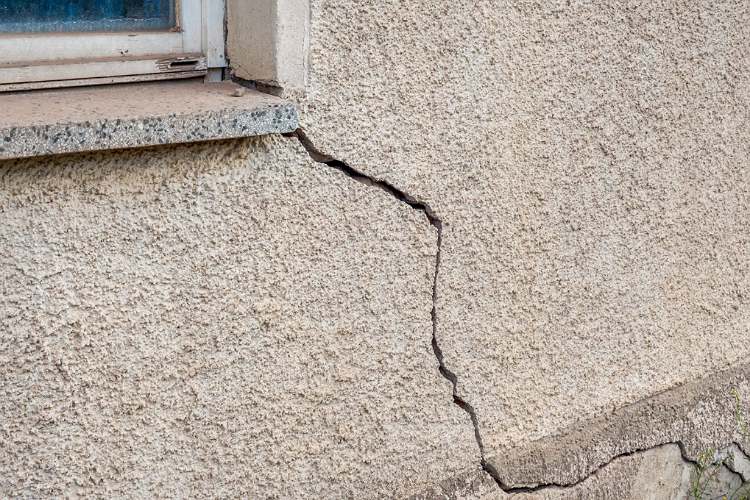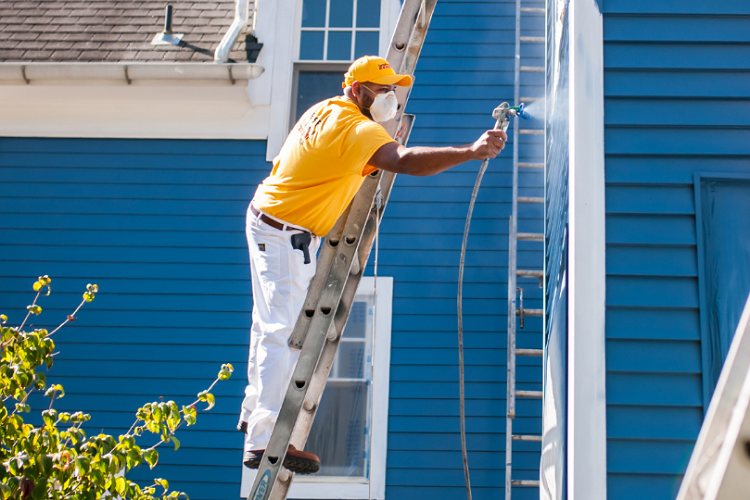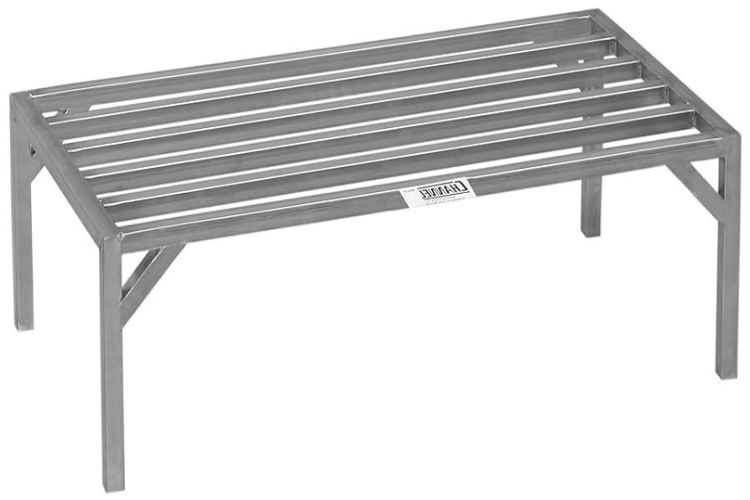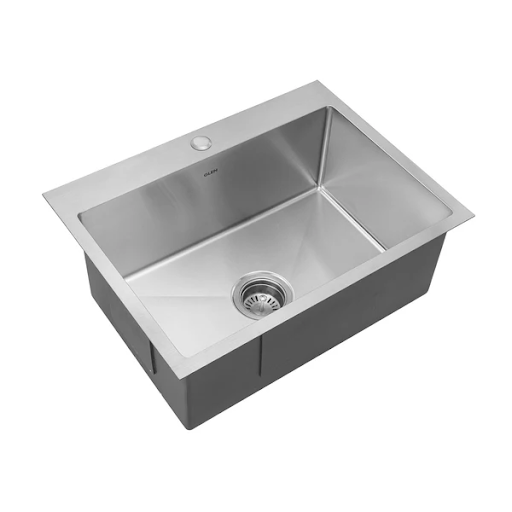Stucco is a popular choice for exterior finishes due to its durability, versatility, and timeless appearance; however, like all building materials, it is not immune to wear. Cracks and water damage can develop over time due to shifting foundations, weather exposure, or improper installation. When left untreated, these issues can escalate into more severe structural problems. Repairing stucco requires more than just patching visible flaws; it involves addressing the underlying causes to restore integrity and maintain a home’s curb appeal. Homeowners often seek professional help because the repair process requires a combination of technical knowledge, craftsmanship, and attention to detail.
Causes of cracks and water damage
The first step in repairing stucco involves identifying why cracks and water damage developed in the first place. Temperature fluctuations cause stucco to expand and contract, eventually creating fine cracks that worsen if ignored. Poor installation techniques, such as inadequate curing or improper mixing of materials, can also make stucco vulnerable to cracking. Water damage often results from faulty flashing, gaps around windows and doors, or roof runoff that seeps behind the stucco layer. Once water penetrates, it compromises not only the surface but also the wooden lath or framing behind it. Repairing these problems requires more than cosmetic attention, as underlying moisture must be eliminated and the root causes corrected. Without addressing these issues, repairs may fail prematurely, resulting in recurring problems that compromise the home’s structural integrity and overall appearance.
Inspection and preparation stage
Before actual repairs begin, a thorough inspection is crucial to determine the full extent of the damage. Contractors look for signs of staining, bubbling, or soft spots that indicate moisture infiltration. They may use moisture meters or small probes to assess how deep water has traveled behind the stucco surface. This step ensures that repairs do not simply mask surface issues but target the hidden damage that could worsen over time. During preparation, contractors carefully remove loose or crumbling material, cutting back to sound stucco to create a stable base for repair. They may also inspect adjacent areas, such as windows, flashing, and seals, to ensure the original cause of water penetration has been corrected. This comprehensive approach sets the stage for a successful repair, as it prevents the recurrence of problems once the surface is patched and refinished. Many homeowners searching for stucco contractors near me look for professionals who emphasize thorough preparation, as it is vital to achieving long-lasting results.
Repairing cracks and damaged stucco
When repairing cracks, the technique used depends on the size and severity of the cracks. Hairline cracks are often filled with flexible caulking or elastomeric sealants that can expand and contract with the wall, allowing for a seamless fit. Larger cracks, on the other hand, require chiseling to create a wider channel, allowing fresh stucco mix to be applied securely. For areas with water damage, contractors may remove entire sections of stucco, exposing the underlying lath and sheathing. If wood framing has rotted, it must be replaced before new stucco is applied. Once the surface is prepared, a bonding agent is used to help the new stucco adhere properly. Contractors then apply stucco in multiple coats, starting with a scratch coat, followed by a brown coat, and finishing with a topcoat that matches the existing texture. This process not only restores structural integrity but also maintains the home’s visual consistency. Attention to detail ensures repaired areas blend seamlessly with the surrounding surface.
Preventing future damage
An essential part of stucco repair involves implementing preventative measures to guard against future issues. Contractors often apply sealants or waterproof coatings to protect against moisture intrusion, particularly in climates with heavy rainfall. Properly installed flashing and sealing around windows and doors also play a vital role in preventing water from seeping behind the stucco. Additionally, gutters and downspouts should direct water away from the home’s foundation, reducing the risk of moisture-related deterioration. Regular inspections enable the identification of small cracks or vulnerabilities early, before they escalate into larger, more costly problems. By combining repair with preventative strategies, homeowners gain peace of mind knowing that their investment will last longer and remain visually appealing. Preventive care emphasizes the importance of viewing stucco maintenance as an ongoing responsibility, rather than a one-time project, ensuring the material continues to protect and enhance the home’s appearance for years to come.
The importance of professional artistry
Quality artistry is crucial to the success of any stucco repair project. Skilled contractors bring a deep understanding of materials, curing times, and finishing techniques that influence durability. They also recognize the importance of blending repairs with existing textures and colors so that the finished product looks uniform. Poorly executed repairs can lead to mismatched patches or recurring issues that compromise the home’s curb appeal and structural integrity. Experienced contractors take the time to ensure every stage, from preparation to finishing, is handled meticulously. This not only restores the home’s exterior but also enhances its long-term value. For homeowners, investing in professional artistry means selecting a solution that addresses both visible imperfections and underlying concerns. Reliable repairs enable the stucco to function as intended, serving as a durable, weather-resistant barrier that enhances the property’s beauty and resilience.
Stucco repair is a multifaceted process that requires careful inspection, precise execution, and preventative planning. Cracks and water damage are not simply surface-level concerns but can indicate deeper vulnerabilities that compromise a home’s safety and longevity. By addressing the causes, preparing thoroughly, applying the appropriate repair methods, and implementing safeguards, stucco can be restored to both its strength and beauty. Contractors who approach repairs with care and craftsmanship ensure that the finished result blends seamlessly with existing surfaces while protecting the structure against future issues. For homeowners, these repairs not only safeguard the integrity of their homes but also protect their investment. Properly repaired stucco provides lasting protection, preserving the appearance and performance of the exterior while maintaining the comfort and security of the spaces within.





